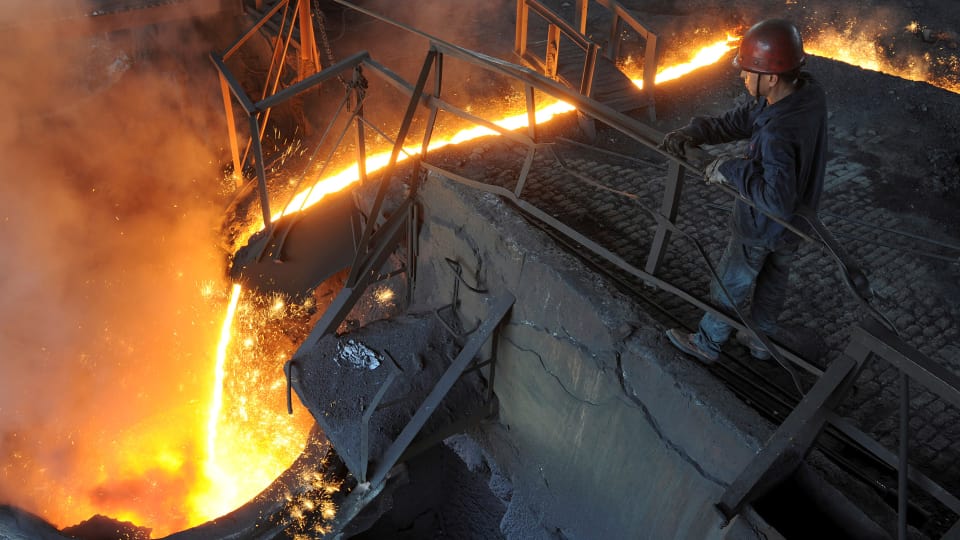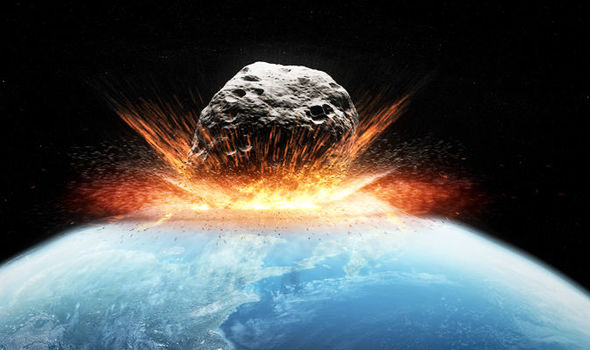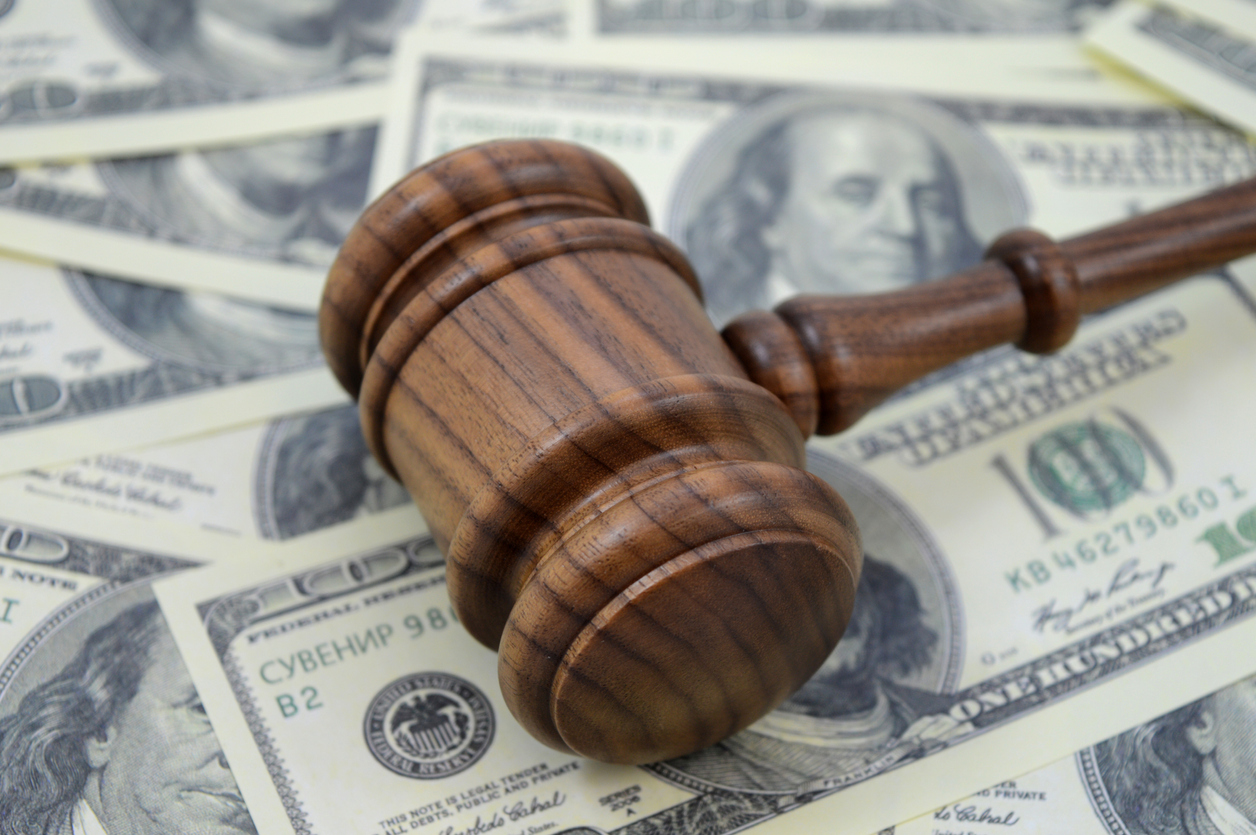
Accused by Canada of dumping in the steel industry, China responded on Tuesday to have “taken concrete steps” to reduce its overcapacity and considered that the global oversupply was “a global problem” that no country would solve alone.
“In reality, China is extremely determined and has taken concrete steps to reduce its excess capacity in steel,” efforts that cost him a lot,”said spokesman Lu Kang Tuesday.
Canadian Prime Minister Justin Trudeau on Monday accused China of flooding the world market with its overproduction of aluminum and steel sold at discount prices, causing “unfair competition” for North American steelmakers.
“I told the Americans that I am ready to study with them the means to do more” to counter this “dumping”, Trudeau said during the visit of a Rio Tinto aluminum smelter in Saguenay-Lac -Saint Jean.
These criticisms come shortly after the US decided to impose heavy tariffs on steel and aluminum, of which Canada, the largest supplier of steel and aluminum in the United States, was temporarily exempted.
Donald Trump formalized on March 8 his decision to impose import taxes of 25% on steel and 10% on aluminum. They must come into force within ten days.
China bends under colossal overcapacity
China, the world’s largest producer of steel and aluminum, is struggling with huge steel overcapacity and a steady increase in its supply, although it is touting its rebalancing efforts.
China produces about half of the world’s steel, or 49.2% in 2017, according to the World Steel Association, the international federation of the sector, even though it supplies only about 2% of the steel imported by the states. -United.
The Chinese steel mills, mostly state groups indebted and undermined by the economic slowdown, are struggling under colossal overcapacity: according to the World Steel Association, steel production has still increased by 5.7% last year, to 831.7 million tonnes.
The United States and the European Union readily condemn the Chinese overproduction of steel, which has depressed world prices in recent years, and denounce the public subsidies granted to this sector in China.
The latter recognizes the problem, but emphasizes “its concrete measures” to tackle it: it claims to have reduced last year more than 50 million tons of its production capacity.
In the face of Western pressure, China had committed to slash its capacity in steel – which exceeded 1.1 billion tons in 2016 – by 150 million tons between 2016 and 2020, an objective that could be reached as early as this year.
These reductions were reinforced as part of a massive campaign against pollution, while at the same time domestic steel consumption was in a clear leap.
In this context, China’s steel exports fell 30.5 percent last year to 75.4 million tons, according to Chinese customs. They still plunged 27% over one year in the first two months of the year.
But the overall picture has not changed much, according to the Organization for Economic Co-operation and Development (OECD): “Some governments continue to subsidize […] iron and steel, exacerbating imbalances between supply and demand,” he said. she lamented last week, without mentioning countries.







